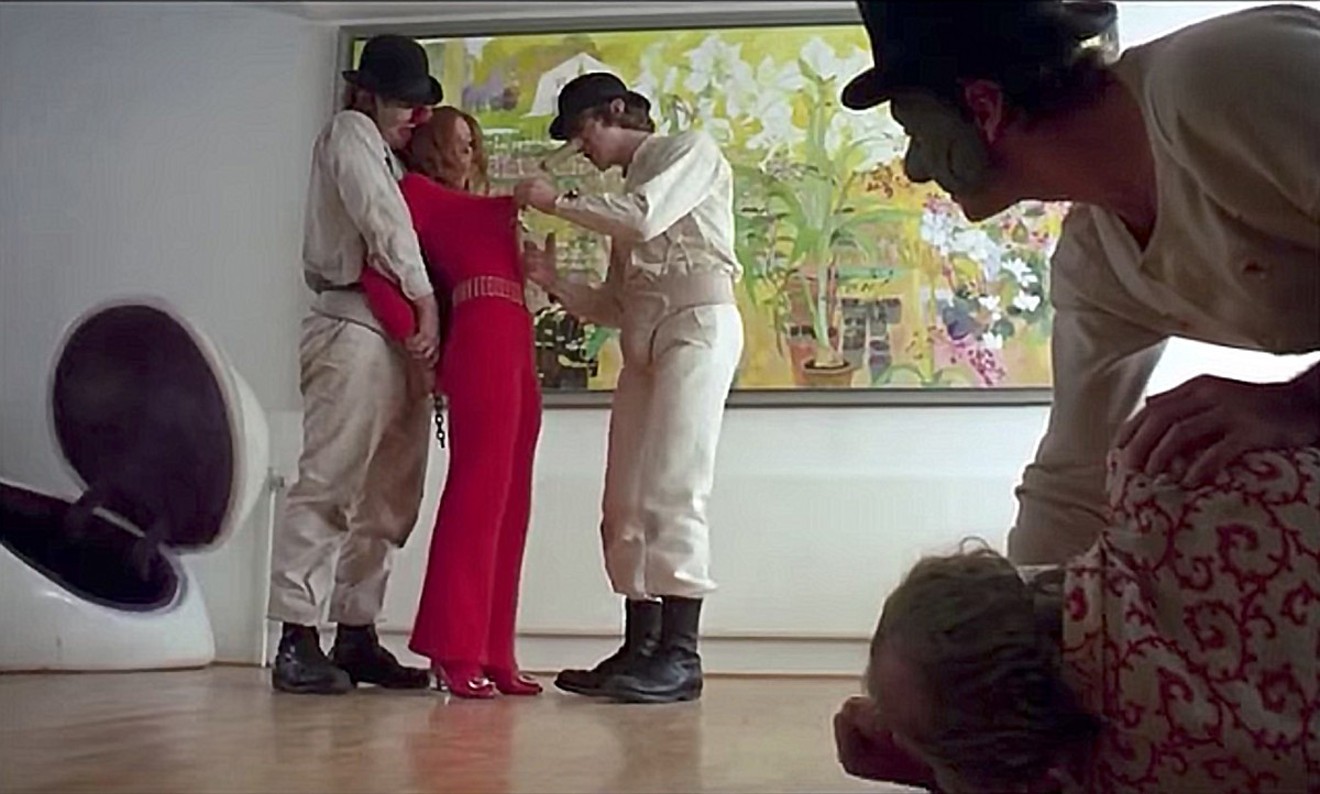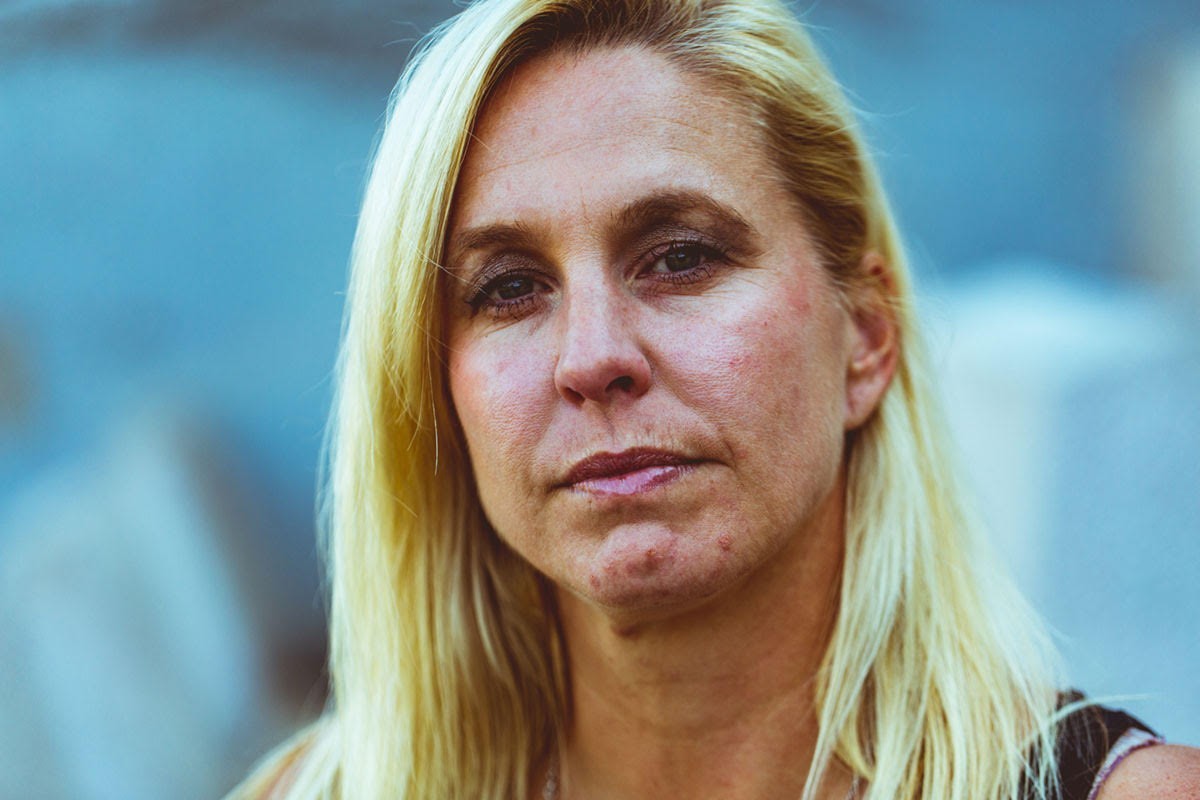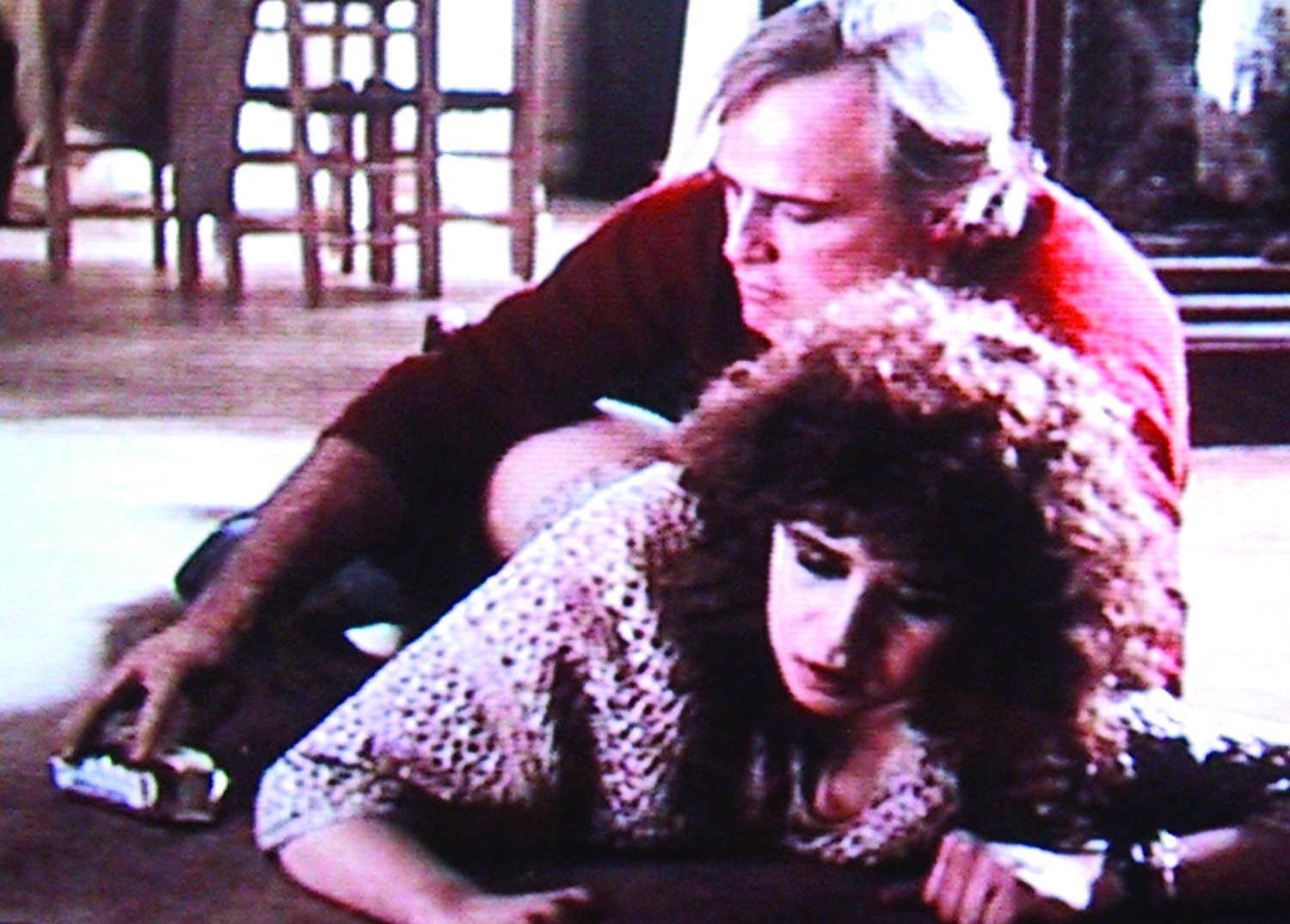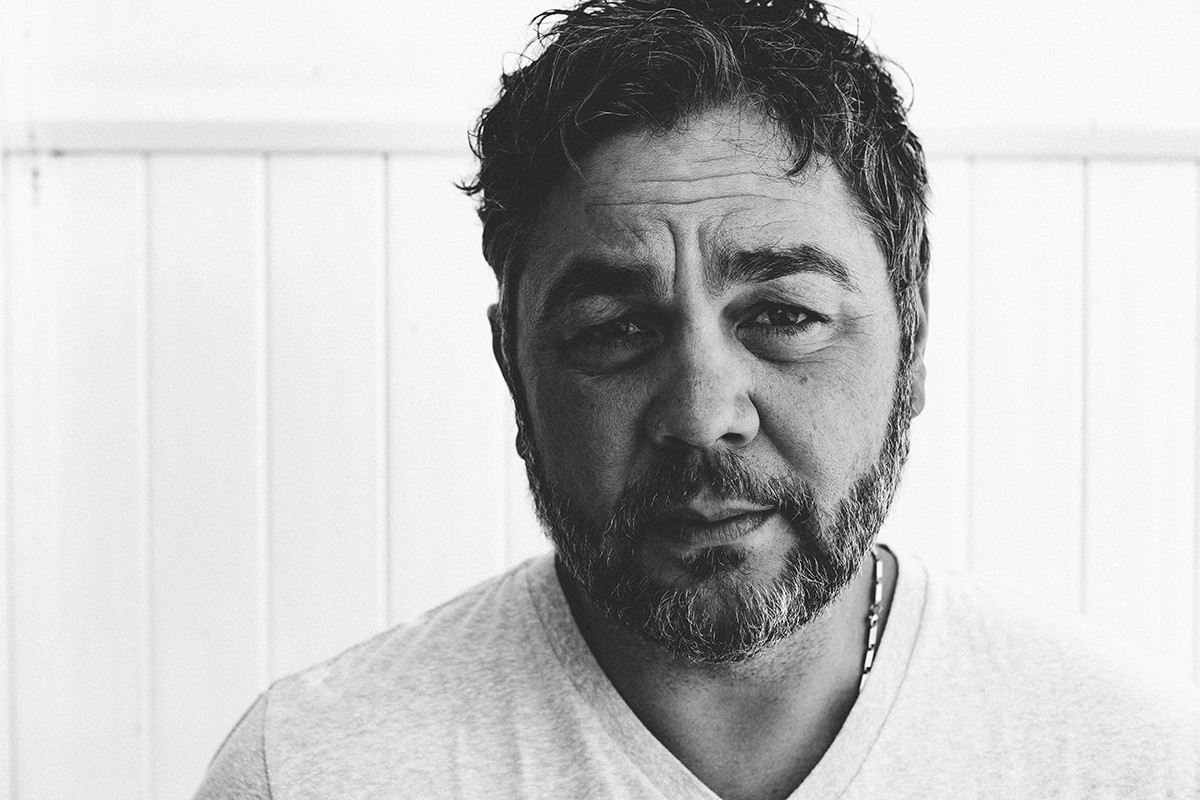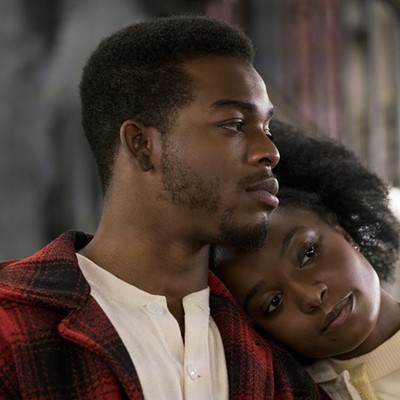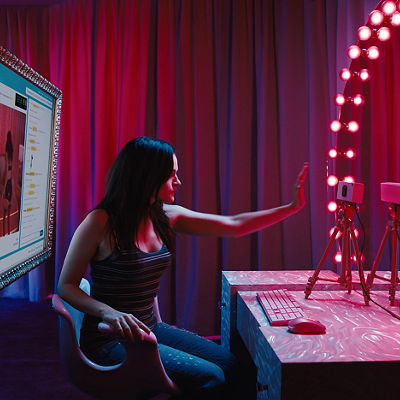It's already dark outside when Deven MacNair laces up her shoes for work. Like anyone's job, MacNair's occupation can fall into routine. For her, it's a lot of direction: "Right arm on left shoulder." "Left elbow on right hand." "Right knee on left thigh."
That's not a game of Twister — it's a choreographed rape.
"I never meant to be a specialist in rape scenes," MacNair says with a touch of incredulity. "But I really am, because I'm a female stunt coordinator."
MacNair is blond-haired and blue-eyed, with an easy smile that could convince you to sign a petition. She's also a reluctant expert in staging sexual assaults on television and film. An independent pro wrestler (character name: Fire!) and trained actor, MacNair made her way to L.A. to work as a stunt double in comedies. She loves Buster Keaton–esque physical comedy, "almost Three Stooges with seltzer water" stuff, she says, but she rarely gets that kind of work. Shortly after she got to Hollywood, she was introduced to the macabre career of rape choreography by a male mentor who abruptly quit coordinating fights, because she says "he found himself exclusively choreographing rape scenes." The intensity took its toll on him.
MacNair might prefer to be working on Disney and kids projects, but a job's a job, and men still get the best stunt-doubling gigs (even for female characters). So she picks up the phone when producers call with a potential scene. She has continued to pick it up — rape scenes are everywhere. MacNair is grateful, always positive, ready to do what's asked of her. At the same time, she — and others — hope the industry might stop to consider the toll of the number of rapes it depicts on screen.
While narratives of sexual assault are nothing new — everything from early Old West films to the various Renaissance-era depictions of The Rape of the Sabine Women and Japan's 19th-century ukiyo-e prints (an art form that influenced anime today) depicts gendered violence — these storylines have become particularly common in film and TV lately. In the last few years, there's a laundry list of media involving rape: The Handmaid's Tale, Westworld, The Magicians, The Revenant, The Salesman, The Birth of a Nation, Nocturnal Animals, The Innocents, Don't Breathe, Palo Alto, Jamestown, Room and even Your Highness. The list goes on and on. Some of the rape storylines tell us something new and pertinent, such as Paul Verhoeven's film Elle, in which sexual assault is a defining moment that is the central core of the narrative. Some do not, like Game of Thrones, which — like the 1970s Italian giallo shock films — seems to use rape as a way to get naked women (and men) on screen.
Media attention to rape in film is targeted mostly at how audiences perceive the scenes and lamenting the studios' sheer mass of sexual violence on screen. Many articles ask the question: Are these scenes gratuitous? But rarely do we think about the filmmakers, actors and crew who make on-screen rapes happen, like MacNair. How do they feel? Are they tired of rape scenes? Or what if portraying rape could actually be a positive thing?
With this many on-screen rape scenes being produced, people like MacNair are needed more than ever on set to supervise. "These actresses are playing a vulnerable part, and they're half naked, so I'm assisting for safety reasons," MacNair says. "If [the production] didn't have a choreographer, I would not trust it."
Yet making a rape scene wasn't always safe.
In 1971, director Sam Peckinpah wanted to make the "greatest rape scene ever" in Straw Dogs, according to the film's producer, Dan Melnick. Actor Susan George was enlisted to play the victim of an infamous "double rape." But Peckinpah refused to speak with George about the scene beforehand, saying he wanted realism. This echoes actor Maria Schneider's experiences on the set of Last Tango in Paris (1972). Just a few years before her 2011 death, Schneider opened up about director Bernardo Bertolucci's harsh treatment of her on set and his decision — with Marlon Brando — to spring some of the rape choreography on her at the last second, specifically Brando brandishing a stick of butter to lubricate her anus before he simulated penetration. "I felt a little raped," she'd told the Daily Mail in 2007, blaming that experience for her personal downward spiral after she shot the film.
The 1970s often are cited as the glory days for daring cinema, but this is also the decade that drew up the blueprint for rape scenes that would follow. These emphasized what male directors called "realism," i.e., ultra-violent, titillating and unchoreographed. Not only is that practice dangerous but it's also insulting: Directors weren't trusting women actors to act.
Billy Jack (1971), Death Wish (1974), The Last House on the Left (1972) and A Clockwork Orange (1971) all featured their own brutal rape scenes, the latter driving away at least one actress who called the filming "too humiliating." For the press of Alejandro Jodorowsky's El Topo (1970), the director-star even claimed that in filming his rape scene, he "really raped" his co-star, Mara Lorenzio, who was also the victim of rape in real life. You might take his claim with a grain of salt as another of Jodorowsky's hype experiments. Still, that a director would brag about raping his co-star to publicize a film is mind-boggling. That critics don't seem to care is worse.
It's unclear whether these films employed stunt coordinators, but actor interviews reveal some uncomfortable moments on set. Straw Dogs and Last Tango were not SAG pictures, though it's uncertain how dedicated SAG was at the time to protecting actors during rape scenes. Today, many film sets with rape scenes hire stunt coordinators like MacNair to avoid these situations. But that doesn't mean directors don't cross the line, even in the 2004 Oscar-winning Crash, that dubious pinnacle of film morality and human connection. In various interviews, Thandie Newton said that director Paul Haggis had written a deceptively spare description of one of her scenes, which turned out to be, surprisingly to her, a "hand rape." Matt Dillon was instructed to stick his hand up her skirt and simulate assaulting Newton's character — but Haggis didn't tell Newton. Haggis only asked her what kind of underwear she was wearing that day, according to Newton.
George, Schneider and Newton didn't feel comfortable talking about their treatment until years — decades — later. Most actors probably prefer not to speak up because doing so might mean losing jobs. Since the 1970s, filmmakers have justified portrayals of rape as honest and necessary, as dialogue starters, but for all the talk these scenes have elicited from viewers and critics, is Hollywood having its own internal dialogue? The questions are pressing: How many rapes do viewers see in a lifetime? How many are filmed in a year? Does all this normalize rape or expose it as horror? Are these depictions power-fantasy turn-ons, victimizing exploitation, or dramatically and thematically vital? What toll do they take on viewers (and critics) — and on the people who produce the scenes? Until recently, most rapes in TV and film were told from a male point of view. What happens when women direct rape scenes?
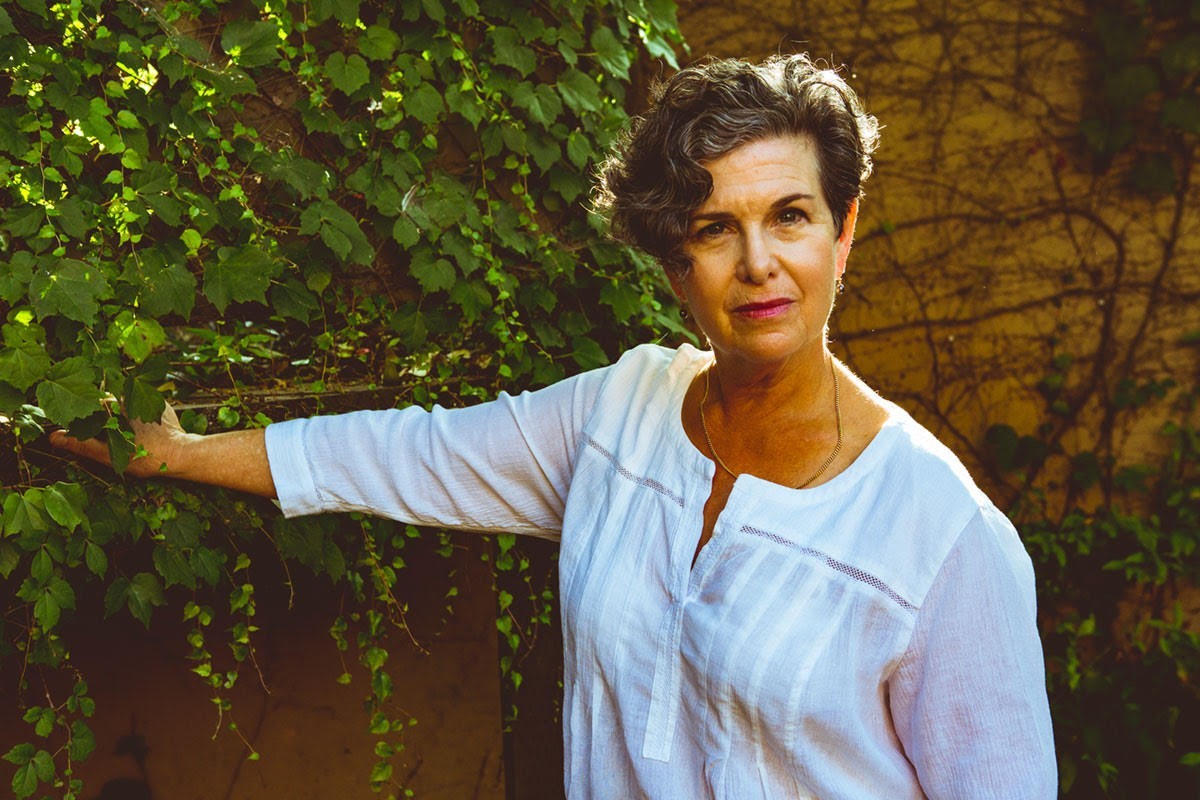
Back when director Rachel Feldman was starting her career, in the late '80s and early '90s, the demand for rape stories was high. She'd been working in television — The Commish; Picket Fences; Dr. Quinn, Medicine Woman — and wanted to break into features with a Lifetime movie. The producers were receptive to the script she had written but demanded one big change: "The only way it was going to go into production was to take this direction where they wanted [the character] to be raped."
Feldman felt, and still feels, that it's possible to direct a tasteful rape scene that can serve a larger purpose. Her compromise was to write a scene where the victim could fight and kill her rapist. "It's not like I left her whimpering in a pool of semen," Feldman laughs. "She had strength." Feldman had developed a rapport with her actress, Tracey Gold, and her father, who trusted the director to protect her actors. Other men on set may not have been so sympathetic, as Feldman remembers getting the scene in just a couple of takes but hearing men around her calling for more.
Over the years, Feldman has shot a handful of scenes of rape and general violence against women, but she's also learned to push back against sensationalized depictions.
"I once had to tell a writer that when people in a story have conflict, they can argue about it. It doesn't have to succumb to violence," she says. "Rape and violence, it's often just dumb, easy writing."
Using rape as a plot point most often functions to give a dull male character a reason to act, a wrong to right, while serving as the female character's sole backstory. It's true this can be considered lazy writing. Yet female directors today are gaining in numbers, at least in the world of indie film, and where once rape scenes were the territory of men, crafted according to their desire for a lurid "realism," they're now often created by women, who feel a sense of duty to correct the usual depictions.
This has led, inevitably, to more rapes on screen — and corresponding debate on whether there's just too much rape in media.
In a New Yorker piece, Jia Tolentino writes on the two rape scenes in Netflix's 13 Reasons Why, arguing that the rape scenes stretch out far longer than necessary and that the show exploits these scenes even as the creators tout them as "a public service." Tolentino certainly has a point — but the depictions of rape in 13 were conceived of as a corrective, portraying the complexity of emotions and denial swarming around a sexual assault.
Jessica Yu, who directed the rape of Hannah (Katherine Langford) — the main character, a teenager who has taken her own life — recalls that the series's creator, Brian Yorkey, provided her with a supercut of assault scenes she could choose to study. "He said, 'It's not going to be in any way fun viewing, but if it's useful for you...' And it was. It helped me define what works. Sometimes you would watch a clip and know all of a sudden that it feels wrong. And so I studied where those threads were lost."
Of course, Yu admits it's impossible to please every audience, but she's satisfied with how the cast and crew handled the scenes, banding together for a calm, communicative set — "no mind games." To keep everyone upbeat and focused, they even brought a handful of therapy dogs to the set.
The resulting scenes may be difficult to watch, but could they help young men find empathy for the women in their lives?
Director Jessica M. Thompson, whose indie feature The Light of the Moon, starring Stephanie Beatriz, hit big at SXSW this year, decries the "fetishization" of rape in film, making a distinction between rape-filmed-as-rape and rape-filmed-like-sex.
"I think rape culture is getting worse in a way because we're not discussing it. If you film [rape] like a sex scene, then it is glorifying it," Thompson argues. Light features sexual assault as a formative experience for the protagonist, and Thompson feels strongly that it was a story that needed to be told. On her own set, staffed with many women, people came up to Thompson to tell her that they'd experienced a rape themselves and felt the film was important, to tell their side of the story.
"Look," Thompson sighs, "two of my friends were raped by strangers in New York. I'm a woman, but even I didn't know what [victims] go through with the police and the hospital. That's why I wanted to put their stories on screen."
But sometimes directors don't get a choice in what they get to film. In Into the Forest (2016), a moving portrait of sisterhood amid a technological apocalypse, director Patricia Rozema already knew there would have to be a rape; the book on which the film is based had made an assault a defining moment with far-reaching repercussions for the protagonists, played by Ellen Page and Evan Rachel Wood. Wood's character is assaulted by Stan (Michael Eklund) in a brief but unnerving scene.
Eklund tells me that when he got on set, he immediately sought to befriend Wood. "I've played these characters before, and it's important to establish a relationship and trust with your scene partner." The two actors exhaustively verbally agreed on their physical movement in-scene, and then Rozema stripped the crew to the essentials and promised Wood that she would have to do the scene only once or twice.
"I just said, 'Bring it here and now. We're not going to work up to it. This is the scene.' You can really abuse someone in those situations — create a second rape — if you don't handle it well," Rozema says. "It's preparation. It's choreography, so everyone knows exactly what everyone is doing. I just let [Wood] lead."
But Rozema remembers that something almost magic happened afterward.
"Rachel did an extraordinary thing. After you cut, film crews are immediately like, 'Move the generator here, do this, do that,' but Rachel stood up and said, 'Please, listen to me now. If you know more than a handful of women, you probably know someone who this has happened to, and I don't want your sympathy. You shouldn't feel empathy just because it's a mother or daughter or sister or wife but because we're human beings.'" Rozema seems moved anew as she tells me this story. "Many of the crew were awkward after this. But she took a moment and gave [victims] a voice, and I was really impressed with her."
When Eklund recalls the rape scene, he remembers that both he and Wood got caught up in the emotions. It was Eklund's last day, so he got out of wardrobe and drove home and went through what he calls "recovery time."
"Just the physicality of it, you carry the emotional side of it with you. It doesn't fade away that quickly," he says.
A year later, Into the Forest premiered in Toronto. Eklund was there, reuniting with cast and crew. In a quiet moment, Page and Wood took the actor aside and apologized. At first he was confused. But then they explained that they hadn't fully realized how much filming that scene, playing the rapist, would affect him emotionally.
"It meant a lot to me that they actually pulled me aside and wanted to check in with me," Eklund says.
His experience opens up yet another buried aspect about the prevalence of rape in film: how actors who play rapists cope with the experience.
In the spring of 1989, actor Ned Beatty penned an op-ed column for The New York Times, writing, "If [men] felt we could truly be victims of rape, that fear would be a better deterrent [for committing rape] than the death penalty."
Beatty most famously played Bobby, a character who is brutally raped by a hillbilly in John Boorman's tense thriller Deliverance (1972). They rehearsed for days and finally completed the scene in a four-minute shot that would forever change Beatty's life. After the film's release, wherever the actor went, strangers would guffaw and yell, "Squeal like a pig," a line uttered by Bobby's rapist. Beatty was continually struck by these cold displays from fans. They seemed to expect him to smile and chat after they'd gleefully demeaned him in reference to a sexual assault.
"He felt like a rape victim," Boorman said later in commentary for the DVD of the film. It had never crossed Beatty's mind that he would become a public spokesman for sexual-assault awareness, but the experience reshaped his psyche, and he was forced to confront what we now call rape culture.
On set, male cast and crew members probably are more affected by the production of rape scenes than one would expect. When filming Jodie Foster's gang-rape scene for The Accused (1988), Foster said that the mostly male crew became insomniacs and lost weight, stressed out over the four-day shoot. Foster cried so hard in the scenes that she popped blood vessels around her eyes but quickly eased into an upbeat attitude afterward. "At night, I'd watch the dailies of the rape scene and make jokes," she told Vanity Fair. The men? Their recovery was not so quick. Witnessing a rape over and over, as the production crew and editors have to do, takes its toll.
Working on Brian De Palma's heart-wrenching war drama Casualties of War (1989), editor Bill Pankow and the postproduction crew edited one of the most emotionally charged rape scenes committed to film, in which Sean Penn's character and three others assault a Vietnamese girl over the objections of Michael J. Fox's character. As the editor, Pankow's required to watch and rewatch footage, knowing it intimately, thereby getting a feel for which shots have the desired emotional appeal. After the film's release, Pankow, in an interview that appeared in Gabriella Oldham's First Cut: Conversations With Film Editors, revealed, "For the first few days, we couldn't help crying just looking at the dailies."
And then there's Bill Steinkamp, who edited all of Sydney Pollack's films before working with Joel Schumacher on the John Grisham adaptation A Time to Kill, which features a child rape scene the editor worked on for three weeks straight. At the time, Steinkamp was raising a little girl of his own, so engineering that assault became the "hardest thing" he ever did.
"Editing this scene was like picking at an open wound," Steinkamp says. "Everything that I did, I was like, 'Oh my God, how could you think about this?' Nowhere in my mind could I come up with somebody doing that." Of course, handling emotion is simply a part of the job when you're working on heavy material, whether rape or other violence, but as Steinkamp says, "I can imagine a lot of things in life, plane crashes, people stabbed, shot, drowned, but this ... it hits harder somehow."
For Derek Boonstra, the few days of crying was worth it, because both Kirby Dick documentaries he cut — The Invisible War and The Hunting Ground — led many to take viable actions against sexual assault. In some cases, with fictional narrative films, constructing these rape scenes does start to feel like a public service: If you can make it believable, make people care about the victim, then you've created a better story and honestly shown the horror.
Stories like these editors' abound, though many other artists and technicians prefer not to go on record. Editor Tom Pilla, who assisted in finding interview subjects for this article, expressed some shock at the number of responses he'd received when he put out a call. "I was surprised how many editors contacted me to say they cut a rape scene but were uncomfortable talking about it," he said via email. Truth is, every writer, director, actor and editor wants to work, and they're not likely to turn down a film with a rape scene.
There's one downside to accepting work on a rape scene that is exclusive to actors: What kind of roles will you get if people remember you, for instance, as a rapist?
For the filming of the British crime drama Peaky Blinders, actor Sam Neill got "wobbly," requiring pep talks in the lead-up to his character's rape scene with Helen McCrory. In an interview with the Belfast Telegraph, McCrory lamented how difficult it is for male actors to take on the role of a sexual predator, because it could likely affect the trajectory of a career. "People stare at you on the tube," she said. "They can't remember why they want to batter you to death, but they just remember that they do."
Whether or not rape scenes are deemed meaningful or "good" for the culture, the reality of an actor's career in Hollywood includes a high likelihood of eventually either being raped or raping someone else on screen. For a certain unlucky few, they will play the role multiple times.
Mark Kelly is a genial, thoughtful guy, who moved from Oregon to Los Angeles for a career as a comic actor. You might know him as Connor in Fear the Walking Dead or Dale in Mad Men. As a father of two, Kelly's thankful that he often plays "good people," but that's not always the case. Every director I've spoken to for this story says it's imperative to cast the kindest human you can imagine as the rapist, to make the actor playing the victim as comfortable as possible. According to his director for The Night Stalker, Megan Griffiths, Kelly is that guy.
The actor actually has a long history of playing the abuser. His mother runs an Oregon nonprofit called Hands & Words Are Not for Hurting Project, aimed at domestic-abuse awareness, and early in his career, he would return home with his girlfriend to act out a stage play centered around domestic abuse for illustrative purposes. As Kelly describes having to play-hit and verbally berate his girlfriend onstage, he groans. "Man, this gets dark real fast. I swear I'm an optimistic guy."
Instead of performing the play again and again, Kelly eventually convinced his mom that they should make a film, Loves Me Loves Me Not. So when Griffiths cast him as the rapist in The Night Stalker, Kelly took the part specifically because he trusted the director not to sensationalize rape and to use the film as a teaching tool, that rape is not about sex but power.
"Her vision toward film reminded me of how pure and honest those years working on domestic abuse with my parents were," he says. "Shooting something like this is something you're proud to do for the cause, but you're definitely not having fun."
Kelly's background makes him hugely knowledgeable on the topic of assault. As we talk, he easily rattles off disturbing statistics about rape in America and sighs when he admits he'd thought we as a culture had already made astounding progress in demystifying rape and starting a dialogue but was proven wrong by politicians saying "crazy shit." Kelly says, "If I have to, God forbid, play a rapist again, I will for a good cause. But I don't like it. God, I really do not like it."
Right now, America — and much of the rest of the world — is simultaneously mired in rape stories and also completely unable in reality to face rape and its repercussions. Many filmmakers' decisions to portray a rape stems from a desire to change the conversation around rape, but this has opened the door to an oversaturation of sexual-assault images, where some might become numb to it. Should we demand fewer rape scenes for fear of perpetuation, rather than representation? Would that stymie understanding? What's the right amount of rape to create that dialogue that might lead to actual change?
Arriving at a magic number is impossible, of course. That means it remains urgent for every filmmaker to think deeply about what their rape scenes convey, whether they're necessary, whether they help or hurt the culture itself or the people they've entrusted to re-create these scenes.
We may never know just how many rape scenes appear in movies or TV in a given year. According to a Motion Picture Association of America spokesman, the organization adds descriptors before films and programs to indicate that they contain sexual violence but does not have data on how many times that descriptor has been used. (Anecdotally, when I was a script reader, I found that 46.7 percent of the 30 scripts I'd read in a three-month period contained rape.)
So it's not too much to ask screenwriters, directors and producers to ask themselves these questions before adding to that number: Are you the right person to tell a rape story? What does this scene illuminate? Remember that there are skilled professionals, like Deven MacNair, who ensure the scene's realism and safety — and it's also worth considering whether there isn't some fresh, more interesting stunt you'd like to see MacNair attempt in your film.
MacNair is focusing on a new cause these days: pushing filmmakers to actually hire women stunt actors to double for female actors. She'll still choreograph your rape scene — and do a damn good job.
"But," she says, "if I do less next year, that's OK by me."

